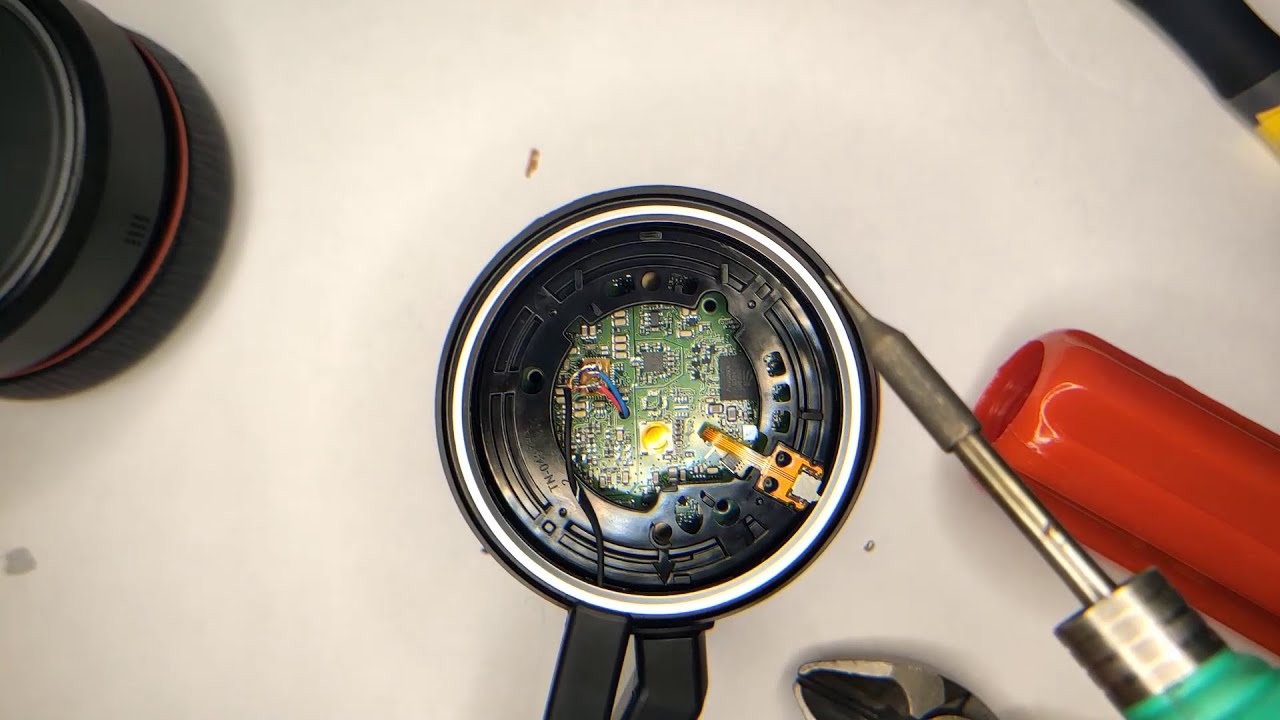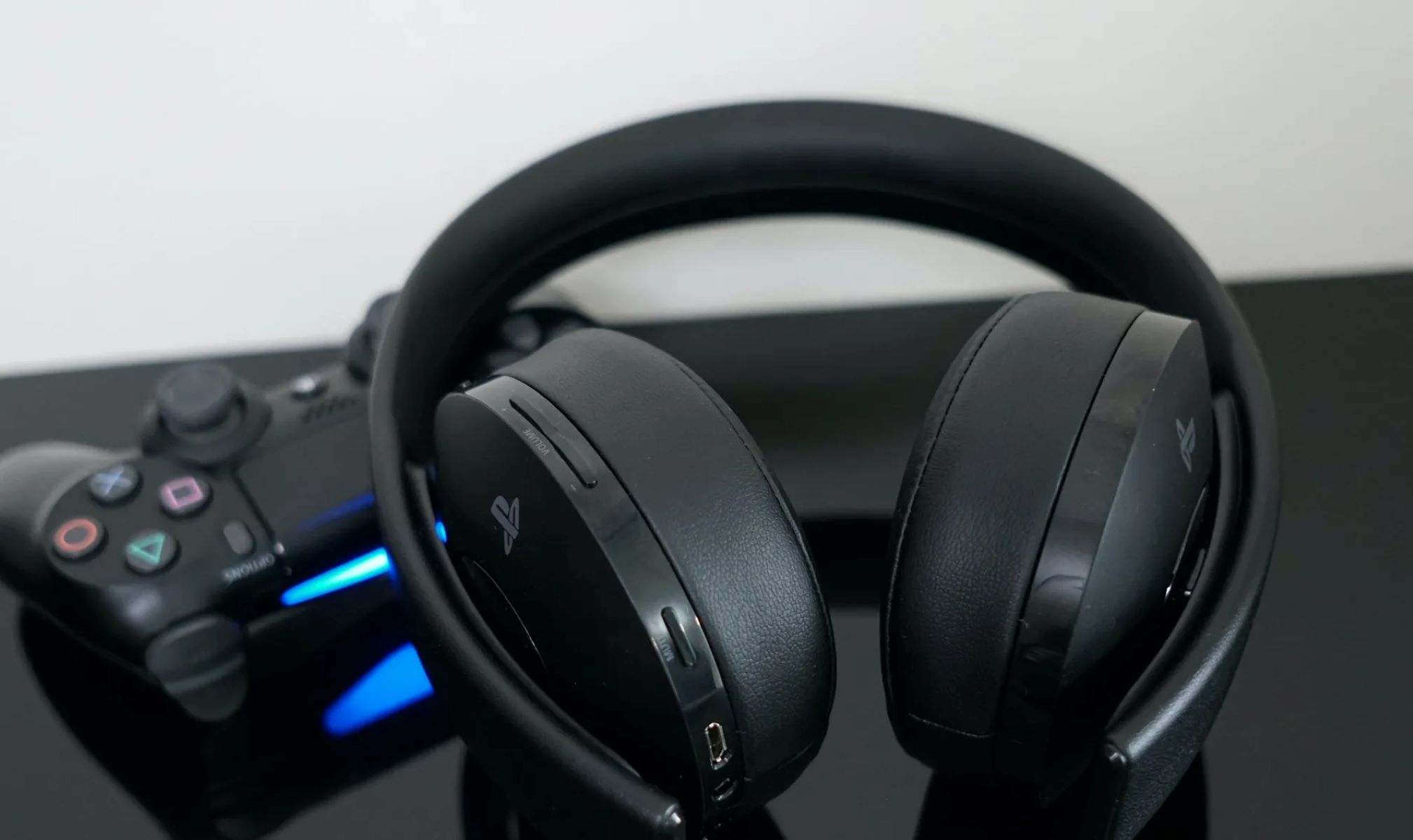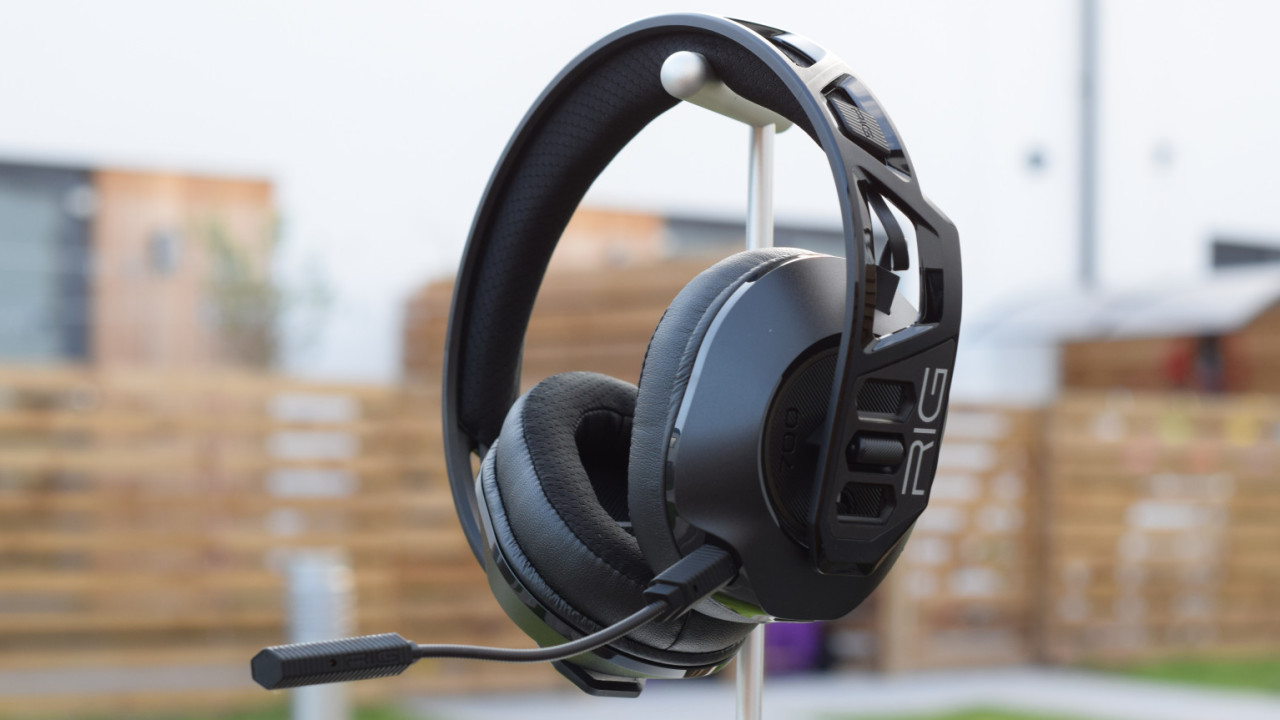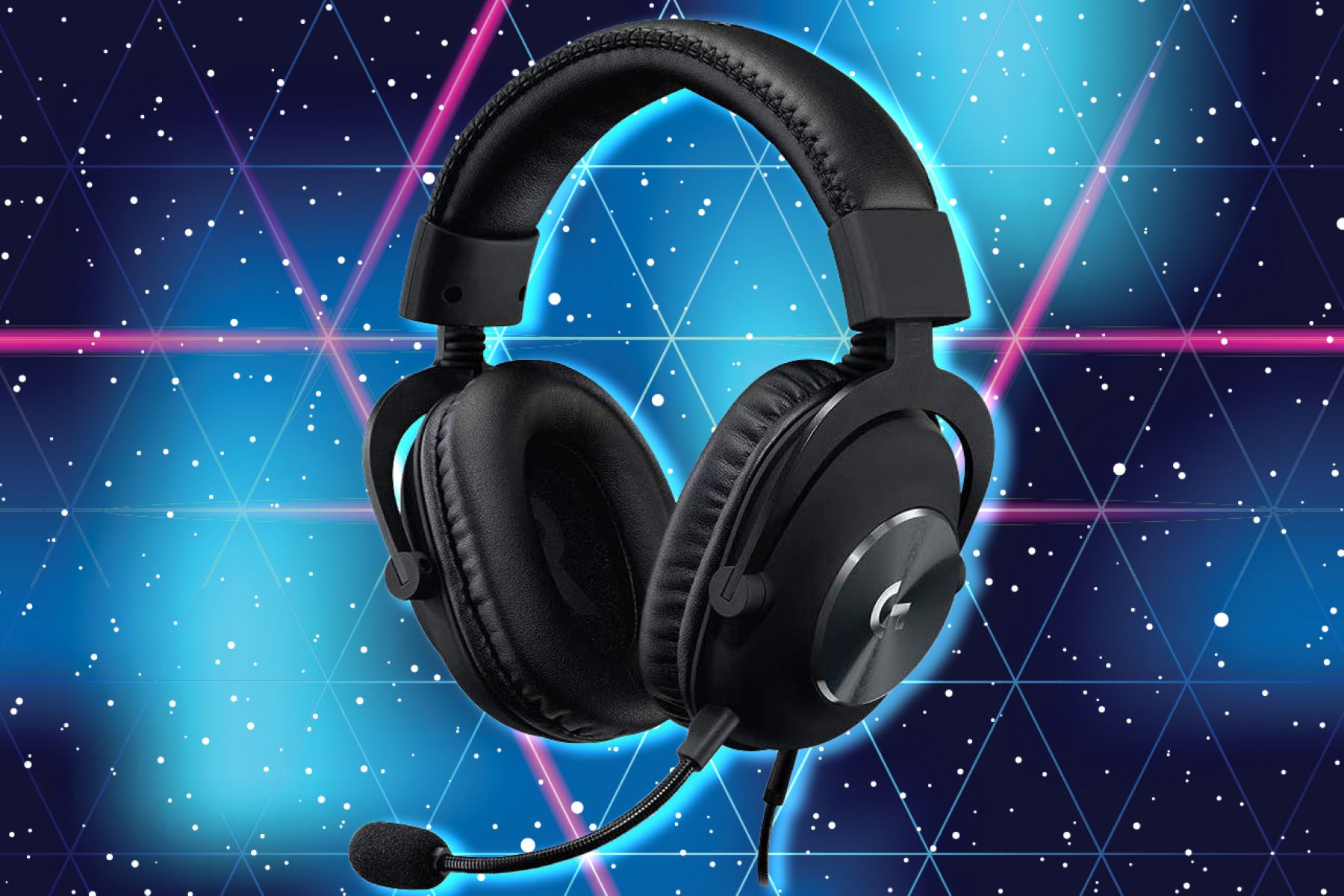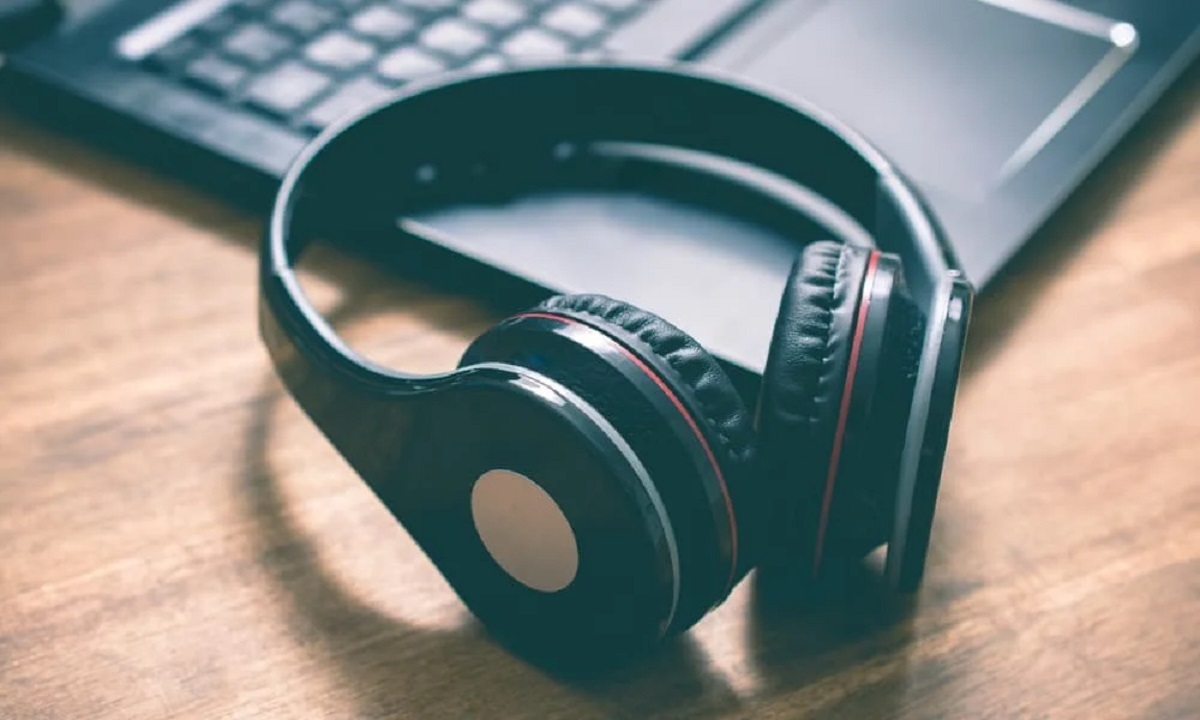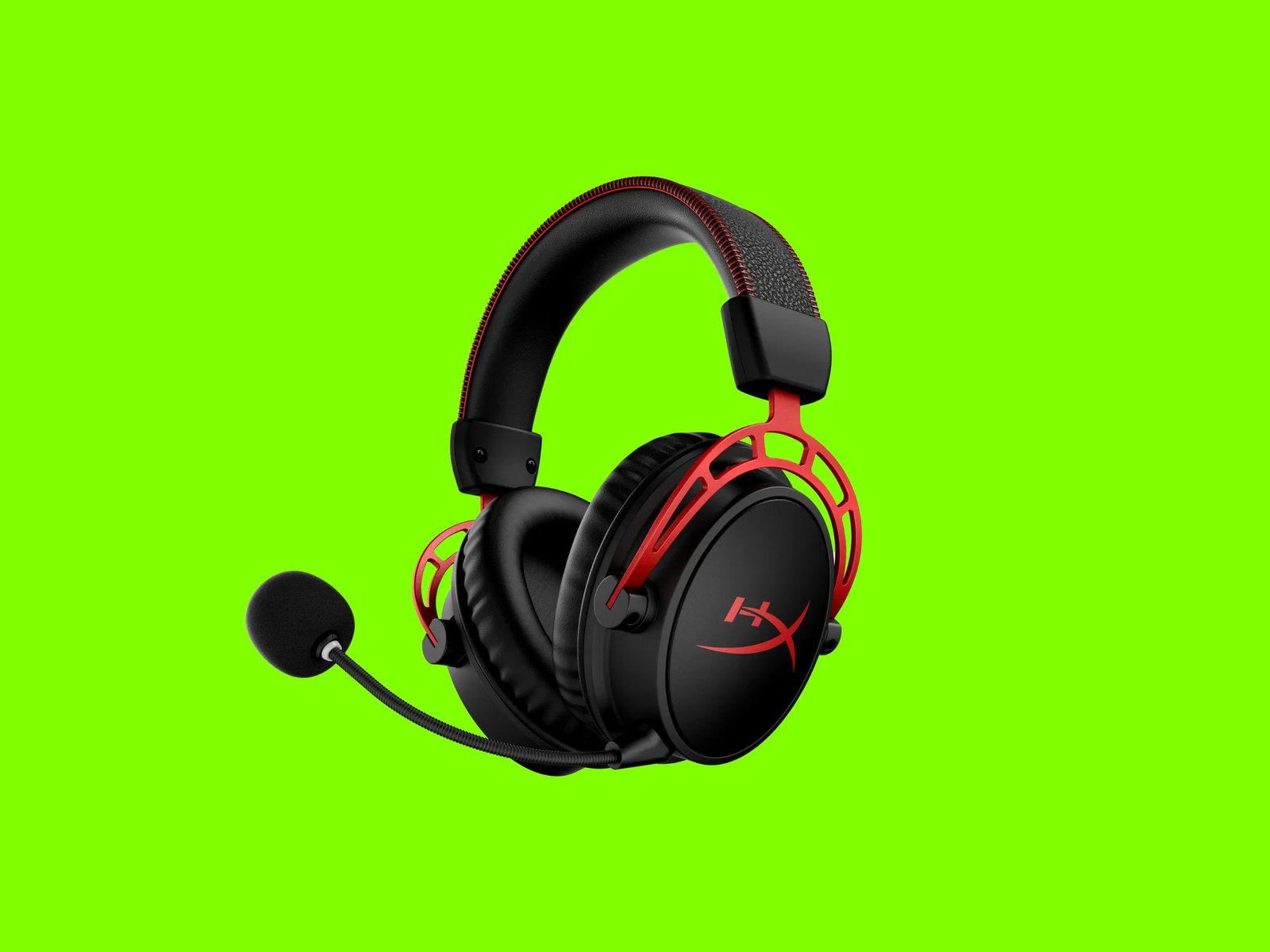Checking the physical connection
When your headset microphone starts acting up, the first step to troubleshooting the issue is to inspect the physical connection. Even in our highly advanced technological world, sometimes the simplest solutions are the most effective.
-
Inspect the headset jack: Begin by checking the jack where you plug in your headset. Ensure that it is clean and free from any debris or dust that may be obstructing the connection. A gentle puff of air or a quick wipe with a clean cloth can work wonders in clearing out any potential blockages.
-
Check the headset cable: Examine the entire length of the cable for any signs of fraying or damage. If you notice any exposed wires or kinks, it's crucial to address these issues promptly to prevent further damage.
-
Ensure a secure connection: Sometimes, a loose connection can be the root cause of microphone malfunctions. Double-check that the headset is securely plugged into the appropriate port on your device. If it's a detachable microphone, ensure that it's firmly connected to the headset itself.
-
Try a different port: If you're using a desktop computer, consider trying a different audio port to rule out any issues with the specific port you've been using. Sometimes, a faulty port can be the source of the problem, and a simple switch can make all the difference.
By carefully examining the physical components of your headset and ensuring that everything is in proper working order, you can often resolve microphone issues without delving into more complex troubleshooting methods. This initial step sets the groundwork for identifying and resolving any underlying problems that may be affecting the performance of your headset microphone.
Adjusting microphone settings on your device
When encountering issues with your headset microphone, adjusting the microphone settings on your device is a crucial step in troubleshooting. By delving into the settings, you can fine-tune various parameters to ensure optimal performance and resolve any underlying issues.
Accessing microphone settings
-
Navigate to the control panel: On Windows, you can access the microphone settings by right-clicking on the speaker icon in the taskbar and selecting "Sounds." From there, go to the "Recording" tab and locate your headset microphone. On Mac, you can access the microphone settings by clicking on the Apple menu, selecting "System Preferences," and then choosing "Sound."
-
Select the correct microphone: In the recording tab, ensure that your headset microphone is selected as the default recording device. If it's not the default device, right-click on it and choose "Set as default device" to ensure that your system recognizes it as the primary input source.
Adjusting microphone levels
-
Set the microphone level: Adjust the microphone level to an appropriate setting. Too low, and your voice may not be picked up adequately; too high, and it may result in distortion or background noise. You can adjust the microphone level by right-clicking on the microphone in the recording tab, selecting "Properties," and navigating to the "Levels" tab.
-
Test the microphone: Use the "Test your microphone" feature to gauge the input level and ensure that it's capturing your voice accurately. This allows you to make real-time adjustments to the microphone level to achieve the optimal recording volume.
Enhancing microphone quality
-
Enable enhancements: Some devices offer microphone enhancements that can improve the overall audio quality. In the microphone properties window, navigate to the "Enhancements" tab and explore options such as noise suppression, acoustic echo cancellation, and others that can enhance the clarity and performance of your headset microphone.
-
Configure advanced settings: For advanced users, delving into additional settings such as microphone boost and exclusive mode can provide further customization options to optimize the microphone's performance based on individual preferences and requirements.
By adjusting the microphone settings on your device, you can address various issues such as low volume, distorted audio, or inadequate microphone recognition. This proactive approach empowers you to tailor the microphone's behavior to suit your specific needs, ultimately enhancing the overall user experience and productivity.
This detailed adjustment process serves as a fundamental troubleshooting method, allowing you to harness the full potential of your headset microphone and overcome any technical hurdles that may impede its functionality.
Updating audio drivers
Ensuring that your audio drivers are up to date is a critical aspect of maintaining the optimal functionality of your headset microphone. Audio drivers serve as the communication bridge between your operating system and the audio hardware, facilitating the seamless transmission and processing of audio signals. Outdated or corrupted drivers can lead to a myriad of issues, including microphone malfunctions and audio distortion. Therefore, updating your audio drivers is a proactive measure to address potential driver-related issues and enhance the overall performance of your headset microphone.
Checking for driver updates
-
Device Manager (Windows): Access the Device Manager by right-clicking on the Start button and selecting "Device Manager." Expand the "Sound, video, and game controllers" category to locate your audio device. Right-click on the audio device and select "Update driver." Choose the option to search automatically for updated driver software. If an update is available, follow the on-screen instructions to install it.
-
Manufacturer's Website: Visit the website of your headset or sound card manufacturer to check for driver updates. Navigate to the support or downloads section and search for the latest drivers compatible with your specific model. Download the updated drivers and follow the installation instructions provided by the manufacturer.
Benefits of updating audio drivers
-
Enhanced Compatibility: Updated drivers often include optimizations and bug fixes that improve compatibility with the latest operating systems and software updates. This ensures seamless integration with your device and reduces the likelihood of compatibility-related microphone issues.
-
Performance Improvements: New driver versions may introduce performance enhancements, such as improved audio processing algorithms and latency reduction, leading to a more responsive and high-quality microphone input.
-
Bug Fixes and Stability: Driver updates commonly address known issues and stability concerns, rectifying potential audio glitches, microphone dropout, or erratic behavior. By applying the latest updates, you mitigate the risk of encountering these disruptive issues during audio recording or communication sessions.
Automated tools for driver updates
In addition to manual methods, utilizing automated driver update tools can streamline the process of keeping your audio drivers current. These tools scan your system for outdated drivers and provide a convenient way to download and install the latest versions without the need for manual intervention.
By proactively updating your audio drivers, you establish a robust foundation for the optimal performance of your headset microphone, mitigating potential driver-related impediments and ensuring a seamless audio experience across various applications and usage scenarios. This proactive approach aligns with best practices for maintaining a healthy and efficient audio environment, empowering you to leverage the full capabilities of your headset microphone without being encumbered by outdated or incompatible audio drivers.
Checking for software conflicts
When troubleshooting headset microphone issues, it's essential to consider the potential impact of software conflicts on the device's audio functionality. Software conflicts can arise from various sources, including incompatible applications, conflicting drivers, or system-level discrepancies that impede the seamless operation of the microphone. Identifying and addressing these conflicts is paramount to restoring the optimal performance of the headset microphone and ensuring a smooth audio experience.
Identifying conflicting applications
One of the primary culprits of software conflicts is the presence of conflicting applications that interfere with the microphone's operation. Certain applications, particularly those with audio-related functionalities such as voice chat programs, video conferencing tools, or multimedia editing software, may inadvertently clash with the microphone's driver or access permissions, leading to erratic behavior or outright malfunction.
To identify conflicting applications, review the list of installed programs and take note of any applications that have recently been updated or installed. Additionally, consider any software that directly interacts with audio input/output devices. By pinpointing these applications, you can assess their impact on the microphone's functionality and take appropriate measures to mitigate potential conflicts.
Analyzing driver compatibility
Another critical aspect of checking for software conflicts involves evaluating the compatibility and interaction of audio drivers with the system and installed software. Incompatibilities between audio drivers and specific applications or system components can manifest as microphone issues, ranging from intermittent audio capture to complete unresponsiveness.
To address potential driver-related conflicts, review the installed audio drivers and verify their compatibility with the operating system and associated software. Additionally, ensure that the drivers are up to date and compatible with the latest system updates to minimize the risk of conflicts arising from outdated or incompatible driver versions.
Resolving system-level discrepancies
System-level discrepancies, such as conflicting system services, audio processing utilities, or background processes, can also contribute to software conflicts that impact the headset microphone. These discrepancies may stem from misconfigured system settings, conflicting audio processing utilities, or third-party applications that exert control over audio devices, leading to conflicts that compromise the microphone's functionality.
To mitigate system-level conflicts, conduct a comprehensive review of system services, background processes, and installed utilities that interact with audio devices. Identify any conflicting services or utilities that may impede the microphone's operation and take corrective actions to resolve these discrepancies, such as adjusting system settings, disabling conflicting utilities, or reconfiguring audio processing parameters.
By meticulously examining potential software conflicts and addressing them through targeted interventions, you can effectively eliminate the underlying sources of microphone issues and restore the seamless functionality of the headset microphone. This proactive approach to identifying and resolving software conflicts aligns with best practices for maintaining a stable and efficient audio environment, empowering users to leverage their headset microphone without being encumbered by software-related impediments.
Testing the microphone on another device
One of the most effective methods for diagnosing headset microphone issues is to perform a comprehensive test by using the microphone on another compatible device. This approach allows you to isolate the source of the problem and determine whether the issue stems from the headset itself or the original device's configurations or settings.
Methodology
To conduct the test, begin by identifying an alternative device that supports the connection of your headset. This could be a secondary computer, laptop, smartphone, or any other device equipped with an audio input port compatible with your headset's connector. Once the alternative device is identified, follow these steps to execute the test effectively:
-
Connection: Connect your headset to the alternative device using the appropriate audio input port, ensuring a secure and stable connection.
-
Configuration Check: Verify that the alternative device recognizes the headset microphone as the default input device. Access the audio settings on the alternative device to confirm that the headset microphone is selected and configured correctly.
-
Testing: Proceed to perform a series of audio tests using the headset microphone on the alternative device. Speak into the microphone at varying volumes and observe the device's response to gauge the microphone's performance accurately.
-
Monitoring: Monitor the audio input levels and quality on the alternative device to assess the clarity, volume, and overall functionality of the headset microphone during the testing phase.
Interpretation
Upon completing the testing process, interpret the results based on the microphone's performance on the alternative device. If the headset microphone functions flawlessly on the alternative device, it indicates that the issue likely resides within the original device's configurations, settings, or hardware components. In this scenario, troubleshooting efforts should focus on addressing the specific factors affecting the microphone's performance on the original device.
Conversely, if the headset microphone exhibits similar issues or malfunctions on the alternative device, it suggests that the problem may be attributed to the headset itself, including potential hardware defects, cable damage, or microphone component issues. In such cases, the focus shifts to diagnosing and resolving the headset-specific problems to restore its optimal functionality.
By systematically testing the headset microphone on an alternative device and interpreting the outcomes, you gain valuable insights into the root cause of the microphone issues, enabling targeted and effective troubleshooting strategies to rectify the underlying issues and restore the seamless functionality of the headset microphone.
This method serves as a pivotal diagnostic tool, providing clarity and direction in addressing headset microphone issues while empowering users to make informed decisions regarding further troubleshooting or potential hardware replacements.









